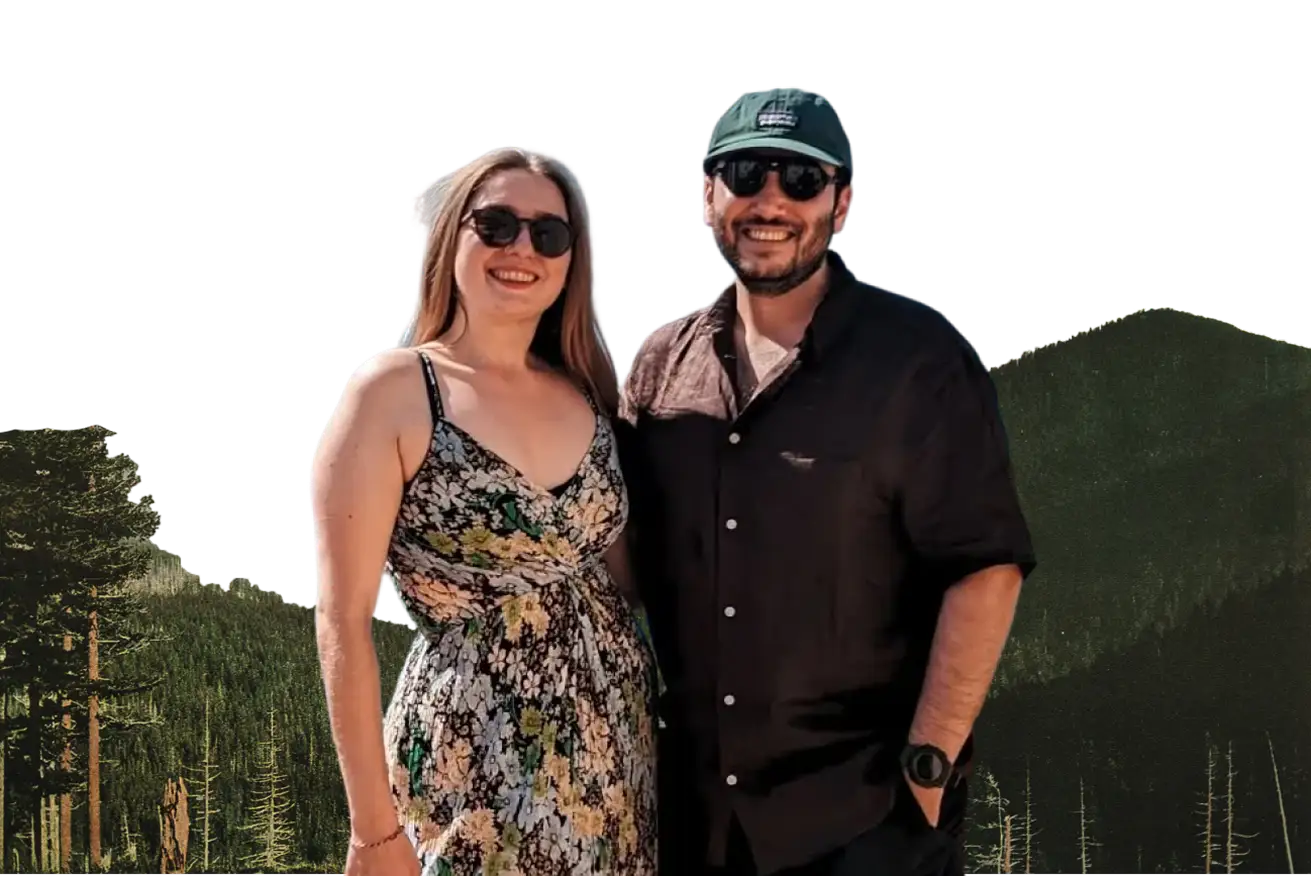There are places in the world that do not just show you history; they recalibrate your entire sense of it. They are quiet, dusty, and unassuming, yet they hold a power that can unravel the neat timelines we've built to make sense of our past. On a remote, sun-drenched hilltop in Southeast Turkey, such a place exists.
It is called Göbeklitepe - "Potbelly Hill" in Turkish - and to stand there is to stand on the edge of a history far older and more mysterious than we ever thought possible.
We first encountered Göbeklitepe not on that windswept plateau, but through the dry, academic language of research papers. But words on a page cannot prepare you for the feeling. It wasn't until we stood there, the air surprisingly cool despite the strong sun, that the silent weight of its 12,000 years truly settled in. It felt less like visiting an archaeological site and more like being granted an audience with an ancient, sleeping giant.
This is the story of that place, but it is also a story about the profound, humbling act of rewriting what we thought we knew.
The puzzle beneath the earth
For centuries, Göbeklitepe was just another hill, its secrets held fast. It took the sharp eye of a German archaeologist, Klaus Schmidt, in 1994, to see what others had missed. He saw not a natural mound, but a ‘tell’ - a whisper of human hands shaping the earth over millennia. He began to dig.
What he and his team unearthed was not a village. There were no ordinary houses, no signs of settled farming. Instead, they found a breathtaking complex of massive, artfully carved stone pillars arranged in circles.
To stand among them is to feel dwarfed, not just by their size - some weighing more than an African elephant - but by the sheer force of the human will that raised them.
Carved with a confident artistry are a host of wild creatures: foxes, snakes, cranes, boars. These are not the first clumsy attempts of a nascent culture; they are the confident expressions of a complex symbolic world. Interestingly, it seems the builders deliberately buried their own creations, a careful entombment that preserved this sacred past for us to find, a hidden gift.
A temple before the city
The true revelation of Göbeklitepe lies in its age. Scientific dating places its oldest layers at around 9,600 BCE. Let that number sink in. This is six thousand years before Stonehenge. Seven thousand years before the Pyramids of Giza. The span of time separating Göbeklitepe from the Pyramids is greater than the time separating the Pyramids from the moment you are reading these words.
This incredible age places its builders not in a world of farms and villages, but in a society of hunter-gatherers. This is the fact that turns history on its head. The long-held story of civilization was a simple, linear one: humans learned to farm, which allowed them to settle in villages, which grew into cities, and only then, with the surplus of food and time, did they build grand temples.
Göbeklitepe looks at this neat timeline and smiles. It was Schmidt himself who offered the revolutionary reframe: "First came the temple, then the city."
It suggests that the human story might be driven not first by the needs of the stomach, but by the hunger of the soul. The deep, primal need for shared ritual, for communal meaning, for a sacred space to gather and connect with the mysteries of the cosmos, might have been the very catalyst that brought people together, the force that inspired the cooperation and innovation that would eventually lead to settled life.
A conversation with deep time
So what was this place? A "cathedral in the wild," a celestial observatory, a meeting point for nomadic clans? Were the T-pillars stylized ancestors, powerful animal spirits, or something else entirely beyond our modern imagination?
The stones don't offer easy answers. And perhaps that is their greatest gift.
Göbeklitepe does not provide the satisfaction of a solved puzzle. It offers something far more valuable: a profound sense of wonder, a cascade of essential questions, and a deep, humbling reminder that our understanding of the human story is a living, breathing thing, always ready to be transformed by a new discovery. To stand on Potbelly Hill is to be in conversation with our deepest past, and to be left, beautifully and profoundly, in the silence of not knowing.
.svg)




